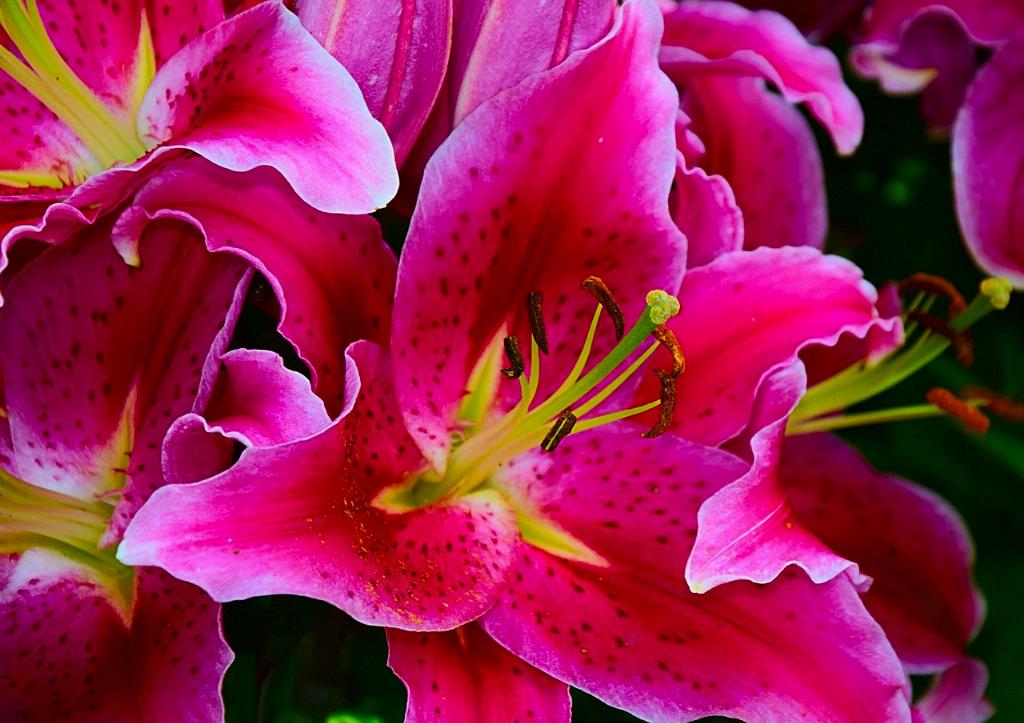Daylilies, scientifically known as Hemerocallis, are vibrant flowering plants that are popular among gardeners for their beauty and hardiness. These perennials come in a variety of colors and bloom profusely, brightening up any garden or landscape. To ensure that daylilies thrive and produce stunning blooms, proper care, including fertilization, is essential.
Understanding Daylily Nutrient Requirements
Daylilies, like many other plants, have specific nutrient requirements to support their growth and flowering. The essential nutrients for daylilies include nitrogen, phosphorus, and potassium, among others. Signs of nutrient deficiencies in daylilies may manifest as yellowing leaves, stunted growth, or poor blooming.
When to Fertilize Daylilies
The timing of fertilizing daylilies plays a crucial role in their overall health and blooming potential. Fertilization should be done based on the plant’s growth stages, such as early spring when new growth emerges and after the first bloom cycle. Frequency of fertilization may vary depending on the soil quality and the specific needs of your daylilies.
Choosing the Right Fertilizer for Daylilies
When it comes to fertilizing daylilies, selecting the appropriate fertilizer is key. Both granular and liquid fertilizers can be used, with a balanced formula like 10-10-10 being recommended. Gardener preferences may vary between organic and synthetic fertilizers, each offering different benefits for daylily growth.
How to Fertilize Daylilies Correctly
Properly fertilizing daylilies involves following a step-by-step guide to ensure that the plants receive the nutrients they require without causing any harm. It’s important to apply the fertilizer around the base of the plant, avoiding direct contact with the foliage, to prevent burning. Watering the plants after fertilization helps in nutrient absorption.
Common Mistakes to Avoid When Fertilizing Daylilies
There are common pitfalls to watch out for when fertilizing daylilies, such as over-fertilization or under-fertilization. These mistakes can lead to nutrient imbalances, affecting the overall health and blooming capacity of the plants. Tips to prevent these mishaps include following recommended guidelines and adjusting fertilization based on plant response.
Monitoring and Adjusting Fertilization
Monitoring the effectiveness of fertilization is essential to ensure that daylilies are receiving the right nutrients. Signs that the fertilization is working can include vibrant foliage, strong stems, and abundant blooms. Adjusting the fertilization regimen based on the plant’s performance can help optimize their growth and flowering potential over time.

Conclusion
In conclusion, knowing how to fertilize daylilies correctly is crucial for maintaining healthy plants and achieving beautiful blooms. By understanding the nutrient requirements, selecting the right fertilizers, and applying them following best practices, gardeners can enjoy lush and vibrant daylilies in their gardens. Remember to monitor the plants’ response and make adjustments as needed to support optimal growth and flowering.
